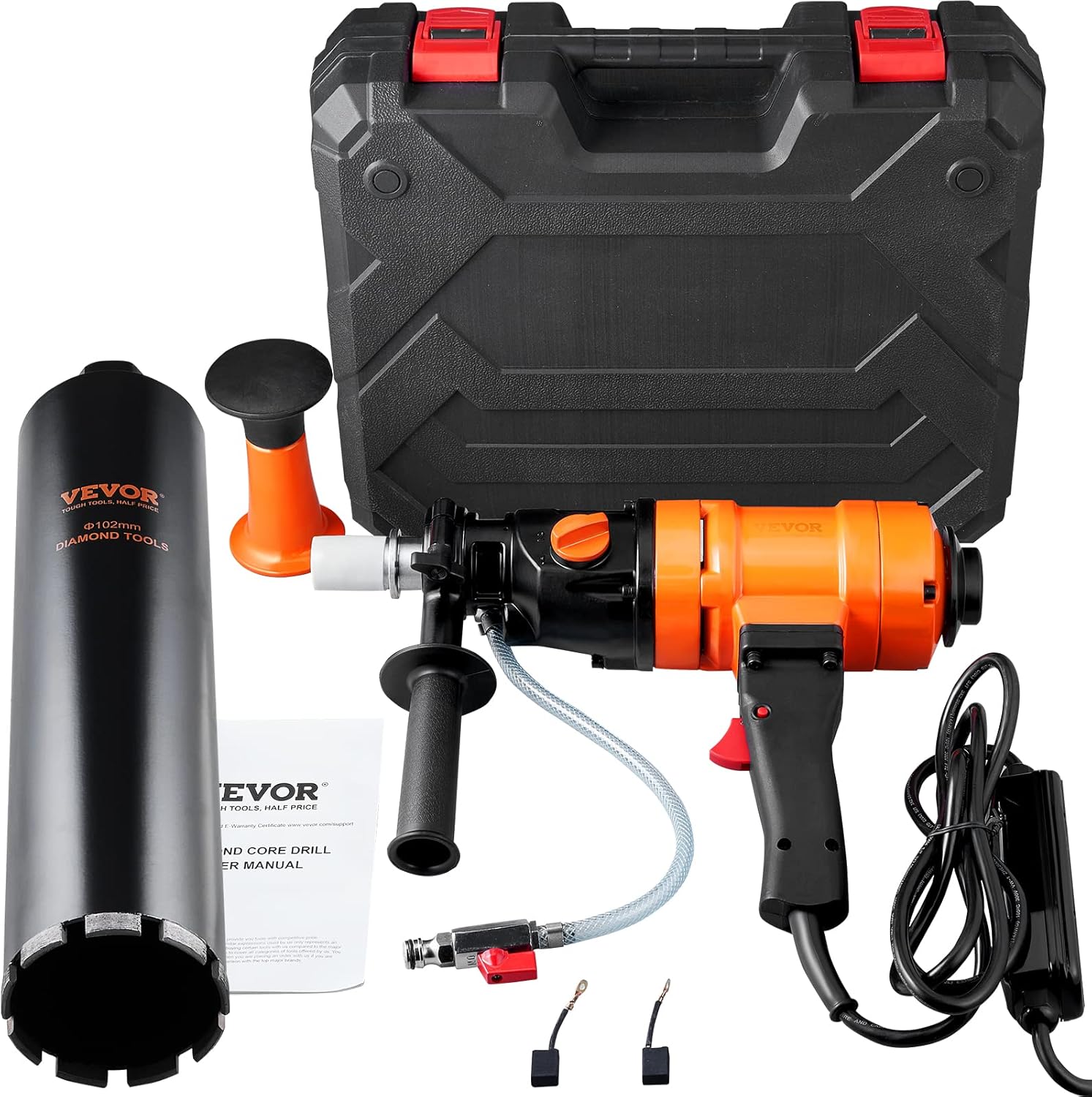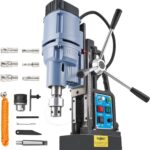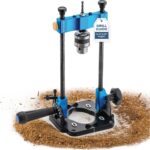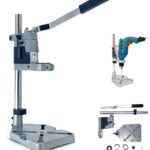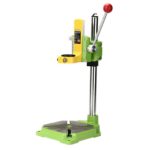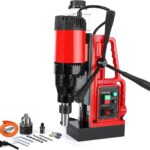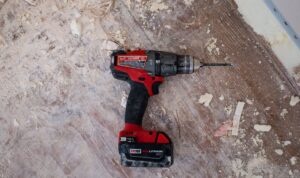
Concrete drilling is a way to produce a hole in the surface of the concrete. The drilling method can protect or fix furniture, walls, stairs, and other objects around the house. For more, you can also use house renderings to protect the underlying house walls from weathering and rainwater penetration.
To drill a hole into the concrete, you need special equipment such as a drill stand to be easier to drill specifications. We often hear about accidents when using drills indoors. Concrete drilling can be a dangerous activity if not done safely. Here are seven preventive measures to take when drilling into concrete at home:
1) Do a pre-test
It is the first step you should take before you start concrete drilling. It would be better to determine what kind of drill bit to use for this task and get the perfect size for the job. This way, it won’t waste any time, effort, and money. And also, this will help lessen or avoid damages to your equipment and injuries while working on the project.
2) Proper Layout of Equipment and Materials
Before starting concrete drilling at home, it would be best if you already have prepared all the materials needed in doing so, such as gloves, mask, and earplugs to keep away dust or noise from ruining your hearing; goggles to protect eyes; safety boots; drills, bits, and chisels appropriate for the project; a straight edge or level to ensure accuracy; hammer, saws and measuring tape.
Arranging everything in an orderly way will help you work faster and efficiently.
3) Beware of Sparks
When working with concrete, sparks may fly, and this could cause a fire. Be very careful when using any equipment near flammable materials. Ensure that there is a water hose or some other kind of fire extinguisher nearby in case of an emergency.
4) Proper Ventilation
Concrete drilling can produce a lot of dust and fumes, so it’s essential to have good ventilation in the work area. It will help protect your lungs from inhaling any harmful particles and keep your workspace from being contaminated.
5) Wear Proper Protection
To have safe, hazard-free concrete drilling at home, make sure you wear gloves and safety boots. They say that it’s best to wear a mask because all those dust can cause severe damage to your lungs. Also, earplugs or ear mufflers will help minimize the noise from the drill itself. In addition to that, goggles are also essential because you might get an eye injury from flying concrete splatters without them. Lastly, don’t forget about the protective clothing designed with bright or neon colors so anyone can notice you from far away in case of an accident or emergency.
6) Know Your Limits
It is essential, especially when working with heavy machinery. Trying to do more than you’re capable of can lead to accidents and injuries. So always take your time, read the instructions carefully, and don’t be afraid to ask for help if needed.
7) Keep a Close Eye on Children and Pets
Children and pets are curious by nature, and they might get too close to the drilling area, which can be very dangerous. Ensure you keep an eye on them and put up a sign or barrier around the work area to warn them about the dangers involved.
Here are a few more precautions you can take;
- Make sure the drill bit is the right size for the hole you are drilling. A bit that is too small will overheat and could break, causing flying debris. A bit that is too large can wobble and cause the drill to spin out of control.
- If possible, drill on an already-dried concrete surface. The moisture in freshly-poured concrete can cause the drill bit to overheat.
- Keep bystanders at a safe distance away from the drilling area. Concrete dust can be harmful if inhaled.
- Use a sturdy surface to drill into, such as a workbench or an old piece of plywood. It will help prevent the drill bit from skipping and keep the drill in control
- Always unplug the drill when not in use. It will help avoid accidental starts that could cause injury.
Wrapping Up!
Following these precautions will help ensure a safe and successful drilling experience when working with concrete. For more information, consult your local hardware store or home improvement center. They should provide direction and assistance according to your specific needs.
